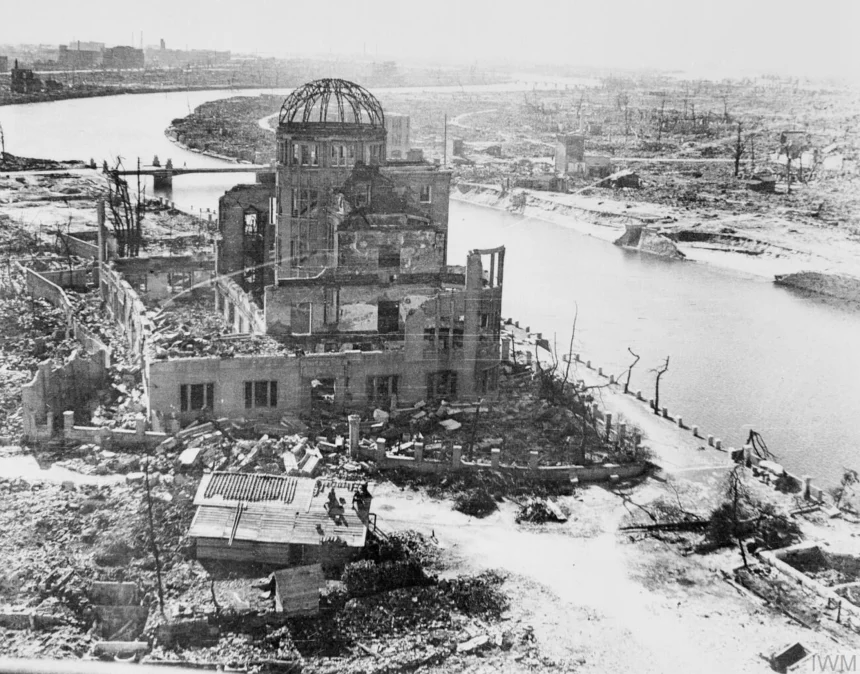Ceremony Commemorates the 80th Anniversary
On August 6, 2025, Hiroshima observed the 80th anniversary of the U.S. atomic bombing that destroyed the city in 1945. Approximately 55,000 people from 120 countries attended the formal ceremony at Peace Memorial Park—a record participation for the milestone occasion. The event featured the reading of a peace declaration, the ringing of the sacred bell, dove releases, and a solemn moment of silence at 8:15 a.m.—the exact moment the bomb detonated.
Survivors Voice Urgency As Time Runs Out
With the average age of survivors—or hibakusha—now over 86 years, many emphasized the critical importance of sharing their firsthand experiences while they still can. Ninety-four-year-old Minoru Suzuto, one of the survivors, kneeled before the cenotaph and spoke of his urgency to pass on his story to prevent history from repeating itself. Nihon Hidankyo, the grassroots survivor association awarded the 2024 Nobel Peace Prize, reiterated calls for the abolition of all nuclear weapons.
Hiroshima’s Mayor Warns Against Rising Nuclear Threats
Mayor Kazumi Matsui used his Peace Declaration to highlight the dangerous resurgence of nuclear deterrence policies. He cited ongoing conflicts in Ukraine and the Middle East as proof that the world is forgetting the lessons of 1945. Matsui urged global leaders to visit Hiroshima and bear witness to its legacy for the sake of collective humanity.
Political Tensions and Japan’s Nuclear Stance
While calling for disarmament, Japanese Prime Minister Shigeru Ishiba reaffirmed Japan’s dependence on the U.S. nuclear umbrella for national security. This position drew criticism from survivors and peace groups who perceive it as undermining the country’s moral authority on non-proliferation. Protesters at the site demanded Japan sign the Treaty on the Prohibition of Nuclear Weapons, which it has yet to ratify.
The Park’s Symbolic Landscape and Legacy
Central to the memorial is the A‑Bomb Dome, the skeletal remains of the former Hiroshima Prefectural Industrial Promotion Hall—preserved as a solemn emblem of destruction and resilience. Designated a UNESCO World Heritage Site, the Dome anchors the story of tragedy and hope within the cultural memory of the city. The Peace Memorial Park also includes the Cenotaph, which honors the victims and frames the Peace Flame, continuously burning until global nuclear disarmament is achieved.
Education and Global Peace Initiatives
Ahead of the commemoration, Hiroshima launched a suite of programs aimed at peace education and intergenerational engagement. These include youth dialogues, global peace forums, and campaigns under the slogan “Connecting the Past and the Future,” intended to sustain momentum toward nuclear abolition. Participating organizations, including HOPe (Hiroshima Organization for Global Peace), emphasize the city’s mission as a global advocate for lasting peace and security beyond reliance on nuclear deterrence.
Marking eight decades since the world’s first atomic bombing, Hiroshima’s 2025 observance conveyed solemn remembrance, survivor-driven urgency, and renewed global calls for atomic disarmament. As the number of survivors dwindles and geopolitical tensions rise, the legacy and moral voice of Hiroshima remain critical to shaping the future of international peace.










